Top 10 Questions About Water Damage!
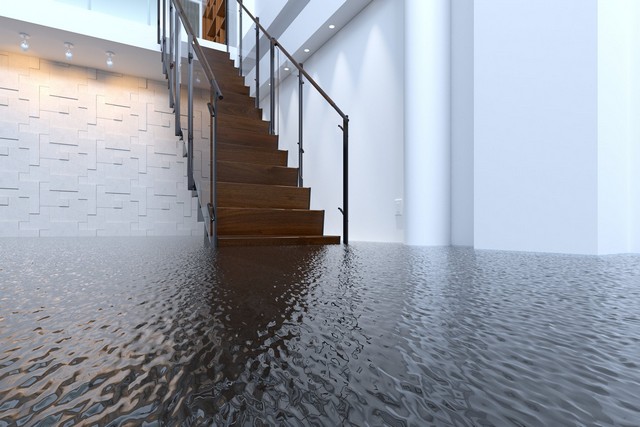
Top 10 Questions About Water Damage!
Water can cause more serious damage than just getting things a little soggy. In many cases the damage to the structure is not confined to just the water line. The drywall, wood, and even concrete used in many structures can act as a sponge which will then cause the water damage to extend much higher and deeper into the structure.
Also mold growth can happen after a period of time and often will appear long after the water damage.
To prevent mold growth and structural damage, it is important that water damage is mitigated properly and effectively. In our previous article, we provided you with some water damage prevention tips. The purpose of this article is to answer the top 10 questions we are often asked about water damage restoration.
Puritan Restoration, proudly serving residential and business owners in Norwood, Newton, Framingham, Cambridge, Needham, Brookline MA and surrounding areas, is passionate about helping our customers with their water damage concerns. We specialize in water damage restoration and mold removal. Our staff are highly educated and trained on all aspects of water damage restoration. We are also experts at indoor air quality because your health and well being is our biggest concern. If you think you have water damage, please give us a call, 617-527-2229 or send us an e-mail
10 Frequently Asked Questions About Water Damage!
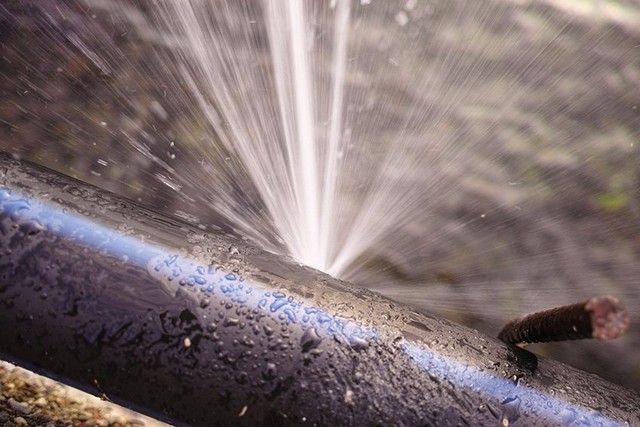
1. What is water damage restoration?
This is a service performed by professionally trained contractors who understand how to effectively restore your home to pre-loss condition after a flood event.
2. Why are the first 48 hours so important?
Why are the first 48 hours so important?
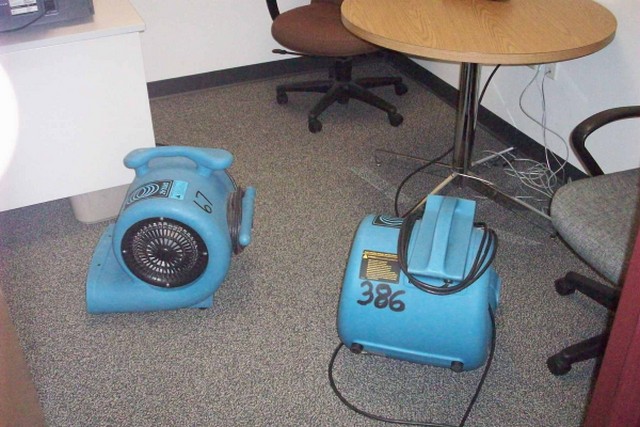
Mold takes 24 to 48 hours to grow, so the the primary goal is prevent the onset of mold to prevent future health and structural concerns.
The other mission is to prevent mold because mold removal can be costly, particularly when a home is flooded.
3. What should I do when flooding starts?
Call Puritan Restoration, 617-527-2229, immediately so we can deploy equipment to begin pumping water out and begin working on an action plan.
Our assessment process will determine how much damage or destruction the water has caused and most importantly determine the hazard level of the water.
Once we are in place, call your insurance company to begin the claim process.
4. How does Puritan Restoration determine the extent of damage?
According to the Institute of Inspection Cleaning and Restoration Certification (IICRC), there are four classes of liquid destruction.
During our assessment of the damage, we will determine if the destruction is class 1, class 2, class 3, or class 4.
- Class 1: The lowest and easiest to deal with, this has a slow evaporation rate. Only part of a room or area was affected, there is little or no wet carpet, and the moisture has only affected materials with a low permeance rate, such as plywood or concrete.
- Class 2: With a fast evaporation rate, this level affects an entire room, carpeting, or cushioning, the wetness has wicked up the walls at least 12”, and there is moisture remaining in structural materials.
- Class 3: This class has the fastest evaporation rate, and ceilings, walls, insulation, carpet and sub-floors are all saturated. The liquid may have come from overhead.
- Class 4: This class is labeled as a specialty drying situations, which means there has been enough liquid and time to saturate materials with very low permeance, such as hardwood, brick, or stone.
5. How does Puritan Restoration determine the hazard level?
There are three distinct categories of water: category 1, category 2, and category 3.
- Category 1 Water (Clean Water): Water that originated directly from a sanitary source and when exposed to it, either through the skin, inhaled or ingested, does not cause a great deal of harm to humans. Examples of Category 1 Water: broken water supply lines, melting ice or snow, falling rain water, and tub or sink overflows (no contaminates).
- Category 2 Water (Gray Water): Defined as water with bacteria present, but no solid waste, carrying microorganisms and nutrients for microorganisms. Category 2 water does have the potential to cause discomfort or sickness if consumed or exposed to humans. Examples of Category 2 water: discharge from dishwashers or washing machines, toilet bowl overflows (urine, no feces), seepage due to hydrostatic pressure, and sump pump failures.
- Category 3 Water (Black Water): Water is highly contaminated and could cause death or serious illness if consumed by humans. Examples: sewage, rising flood water from rivers and streams, ground surface water flowing horizontally into homes.
6. Why should I be concerned about the hazard level?
Category 3 water carries many bacteria and viruses that could harm your health including the following:
- E. Coli;
- Acanthamoeba;
- Salmonella;
- Helicobacter pylori;
- Leptospira;
- Cryptosporidium;
- Giardia;
- Hepatitis A Virus;
- Clostridium Tetani; and
- Adenoviridae
7. Can I get sick?
- Gastroenteritis, characterised by cramping stomach pains, diarrhea and vomiting caused by e.coli, salmonella, and other bacteria. Exposure to Helicobacter pylori is also linked to other stomach ailments including ulcers.
- Weil’s disease also known as Leptospirosis which is a flu-like illness with persistent and severe headache, vomitting, and muscle aches. This disease is commonly caused by exposure to water contaminated with animal urine. Complications from this disease include damage to the liver, kidneys, and blood meaning this condition can cause death.
- Hepatitis caused by the hepatitis A virus and is characterized by inflammation of the liver, and jaundice.
- Acute respiratory illnesses caused by the adenoviruses, resulting in attacks of breathlessness, chest tightness, wheezing, pneumonia, croup and bronchitis.
- Infections of skin, eyes, nose, throat and ears.
- Tetanus, a medical condition that affects the nervous system and is characterized by a prolonged contraction of skeletal muscle fibres; caused by a clostridium tetani. This is the reason we get tetanus shots.
8. How can I minimize my risks of getting sick?
When you experience water damage, time is not on your side because most household microorganisms (fungi, bacteria) require five conditions for germination, growth, amplification and dissemination:
- Organic food source, especially cellulose (e.g., paper, wood), which are found in abundance in construction materials.
- Moisture, even high humidity (67% RH plus)
- Moderate temperature – 68-86°F/20-30°C
- Stagnant air
- Time – several hours to several days.
The risk of bio-hazard increases over time. For instance, in 2 to 3 days, category 1 water can turn into category 2 water and eventually category 3 water as other bacteria and pathogens begin to proliferate.
In addition, if you are planning to do your own clean up, realize that micro-organisms enter the body either through direct contact and/or breathing in contaminated dust. It is essential that you wear protective clothing, rubber boots, gloves, and use eye and respiratory protection.
9. Why should I hire Puritan Restoration?
Why should I hire Puritan Restoration?
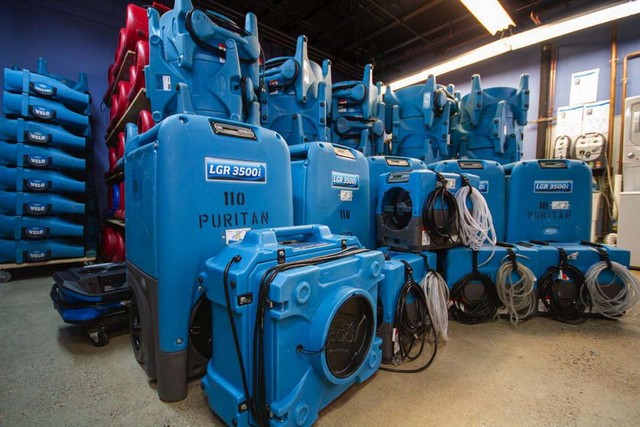
Hiring Puritan Restoration, 617-527-2229, to do the clean up will save yourself from potential sickness and long term health issues for several reasons:
- We are trained professionals and have specialized equipment to pump out excess water, commercial grade dehumidifiers and air movers.
- We have the knowledge to properly determine the class of destruction and category of water to put together a scope of work (ie. plan of action).
- We can assess structural issues caused by the water damage, which could have long term safety and property value consequences if not fixed properly.
- We will advise you on what contents can be cleaned and what needs to be thrown out.
- We will create a drying and monitoring strategy using air movers and dehumidifiers.
- We will create a sanitizing plan to ensure a healthy living environment.
10. Why should I invest in post-remediation verification?
The whole goal of water damage restoration is to restore the property to pre-loss condition.
Once the water is removed, and the sanitation and drying process is completed, we also recommend that air quality tests be done.
In addition, if there was category 3 water, then you should also consider investing in a sewage contamination test as well.
Both tests should be done before any reconstruction or rebuild begins to verify that the water damage restoration was successful.
There is no point in rebuilding if potential mold or bacteria from category 2 or 3 water is still present.
The investment in testing is well worth the cost for long term peace of mind that the restoration was done properly.
Further, such an investment could save you thousands of dollars if mold is discovered after the reconstruction is complete!
Got Water Damage and Flood Questions?
Got Water Damage and Flood Questions?
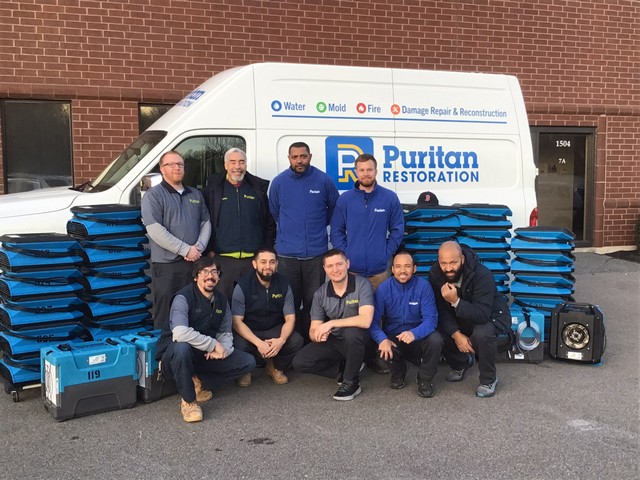


Recent Comments